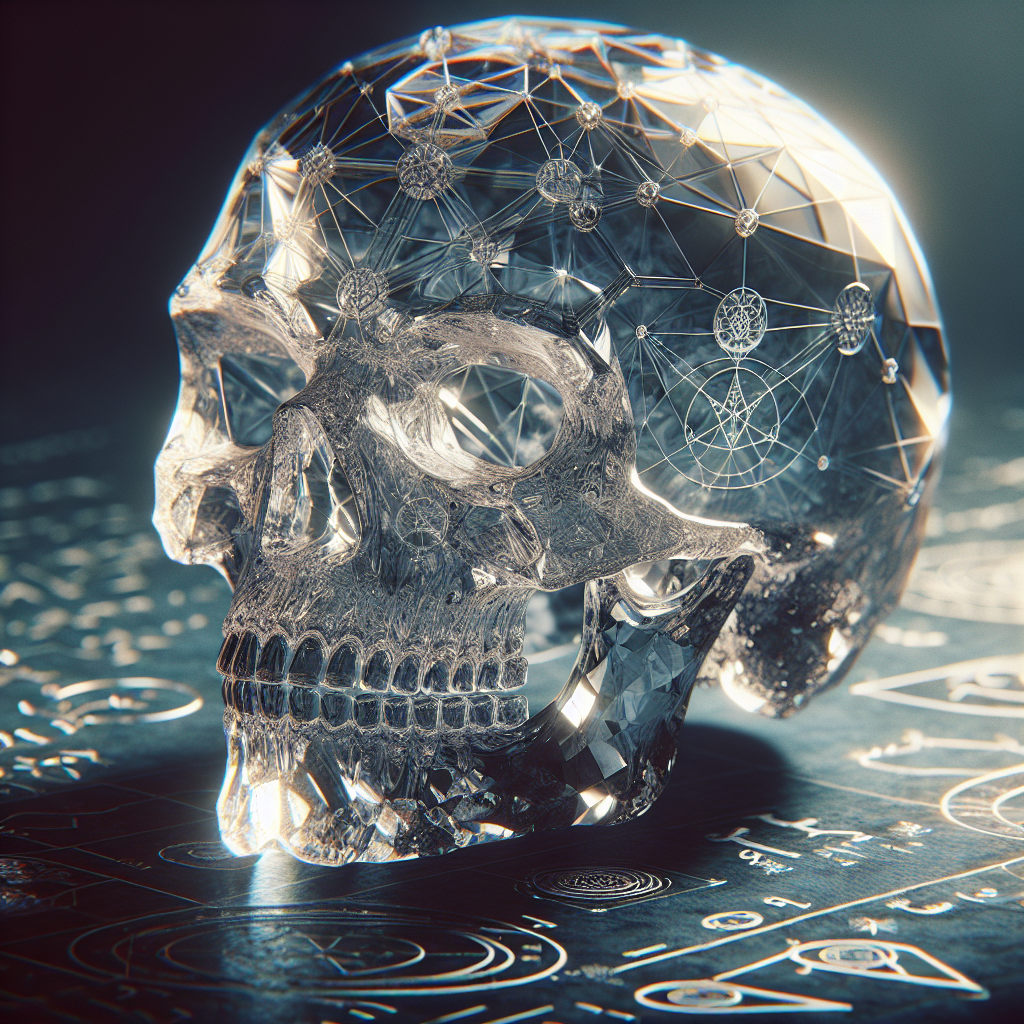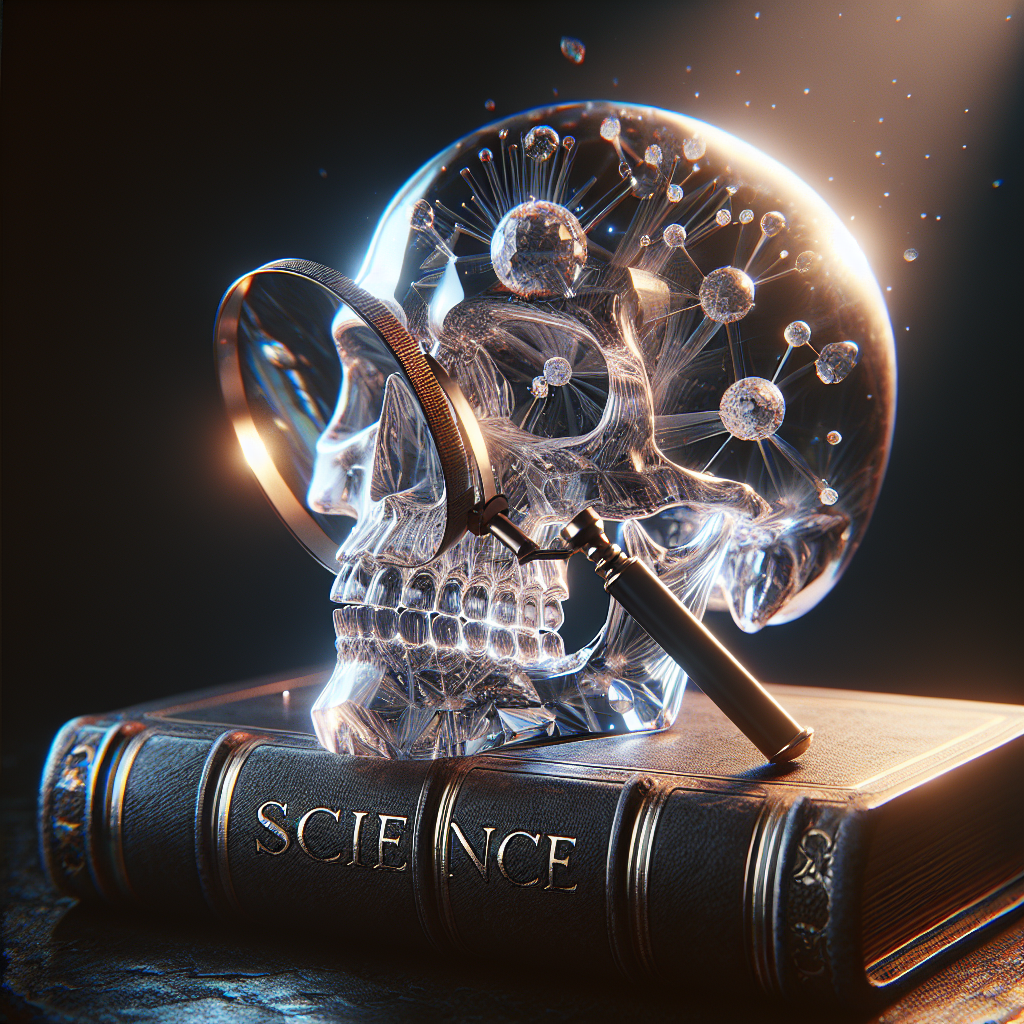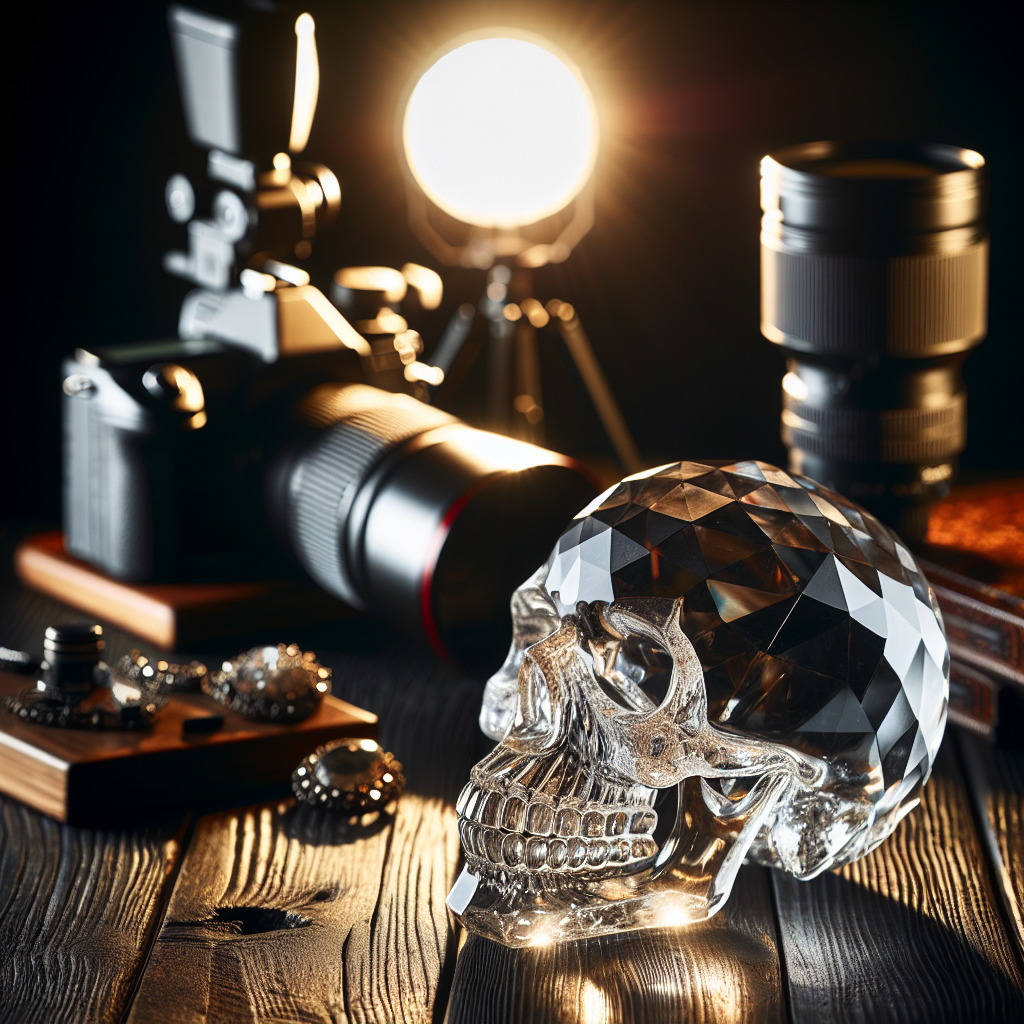
crystal skulls are one of the most mysterious and elusive archaeological artifacts in the world. These crystal skulls, often made of clear or colored quartz, are believed to have mystical powers and ancient origins that have baffled scientists and historians for centuries. The enigma surrounding these crystal skulls has captured the imagination of many, leading to countless theories and speculations about their true purpose and origins.
The most famous crystal skull is the Mitchell-Hedges skull, discovered in 1927 by British explorer Frederick Mitchell-Hedges in Belize. This skull, with its intricate carvings and purported healing properties, has become the subject of much debate and controversy among researchers and enthusiasts. Some believe that the Mitchell-Hedges skull is a relic from the lost civilization of Atlantis, while others think it is an alien artifact left behind by extraterrestrial beings.
Despite the skepticism and skepticism surrounding crystal skulls, there are many who believe in their mystical powers and ancient origins. According to some proponents, crystal skulls are said to possess healing properties, psychic abilities, and the ability to communicate with the spirit world. They are also believed to contain hidden knowledge and wisdom from ancient civilizations that could unlock the secrets of the universe.
In recent years, scientists and researchers have begun to unravel the mysteries surrounding crystal skulls through advanced technological methods such as scanning electron microscopy and X-ray diffraction. These techniques have revealed that most crystal skulls were likely carved using modern tools and techniques, debunking the myths of their ancient origins.
However, this scientific evidence has not deterred the fascination and allure of crystal skulls for many people. The belief in their mystical powers and ancient origins persists, and crystal skulls continue to be objects of fascination and intrigue for collectors and enthusiasts around the world.
The enigma of crystal skulls may never be fully solved, but their allure and mystery will continue to capture the imagination of those who seek to uncover their secrets. Whether they are ancient artifacts left behind by lost civilizations or modern creations with mystical properties, crystal skulls remain a tantalizing enigma waiting to be unraveled.
the-enigma-of-crystal-skulls-uncovering-their-secrets
#liquotThe #Enigma #Crystal #Skulls #Uncovering #Secretsquotli

